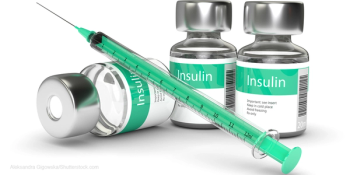
4 ways to address the needs of LGBTQ patients.

4 ways to address the needs of LGBTQ patients.

A 2018 report from the U.S. Department of Education notes the average physician now graduates with $246,000 in loans.

2018 Physician Writing Contest runner-up

Shared diabetes services may be essential to successfully treating patients with this disease without overburdening physicians.

Practices should look at joining group purchasing organizations.

Faced with rising operational costs and declining reimbursements, internal medicine practices are looking to diversify in ways that result in enhanced income.

CPT guidelines permit E/M code selection based on time when face-to-face counseling and/or coordination of care accounts for more than 50 percent of the encounter.

A rational approach to the criticisms of direct primary care.

Unlike in healthcare where every certification and qualification is earned, anyone can call themselves a financial planner.

Physicians are among the highest-earning and best-educated professionals in the country, but their combination of education and income does not prevent them from making personal financial mistakes.

Sutures are a common element of the wound closure performed immediately after a surgical procedure, and occasionally may be reimbursed separately.

Medical Economics readers share their opinions.

The Trump administration insists rebates cause inflated prices, but what would it mean to physicians and patients if the system ended?